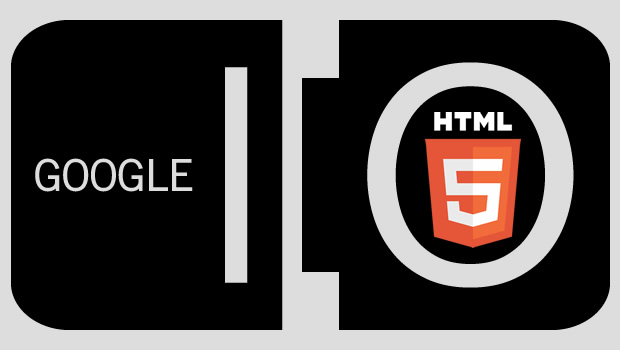At Google I/O event last year HTML5 capabilities were demonstrated to developers for the first time. This year at the Google I/O some important announcements have been made which will make HTML5 development easier across different browsers.
On day 1 of the I/O Google has made many announcements like release of open source, royalty-free video format WebM, Chrome Web store, opened up Google Wave, released open source Font API and directory etc.
The two announcements which would make the HTML5 development easier and less time consuming are –
- Release of open source, royalty-free video format WebM – couple of months back Google had acquired On2 (a company developing video encoding and compression techniques) after which there had been rumors that Google would open source the On2 VP8 video codecs. In Google I/O, Google has actually made the VP8 codec open source and royalty free under a new format called WebM. In one of my earlier post I have mentioned that HTML5 specifications lack in defining the audio/video format so different browsers support different video [Ogg Theora and H.264] formats making HTML5 development time consuming. This new format may just become a de-facto audio/video delivery standard in the future as the web browsers like Firefox, Opera and Chrome have already confirmed supporting this format. Also Adobe has announced that they would be supporting the WebM video format in the next release of Flash Player.
- HTML 5 pack for Dreamweaver CS5 –Adobe’s CTO demonstrated Adobe Dreamweaver CS5 HTML5 Pack which provides support for developing HTML5 and CSS3 content. You can download this HTML5 extension for Dreamweaver CS5 form Adobe Labs. This extension has multi-screen support, live support for audio/video, HTML5 and CSS3 code hinting, webkit browser support for live preview etc. It’s still in the development stage since the HTML5 specs are still not ready but I think this will help the developers to develop the HTML5 complaint pages and websites easily. With multi-screen preview and media element support developers can target the same application to run on Desktop, Tablet and mobile.


















